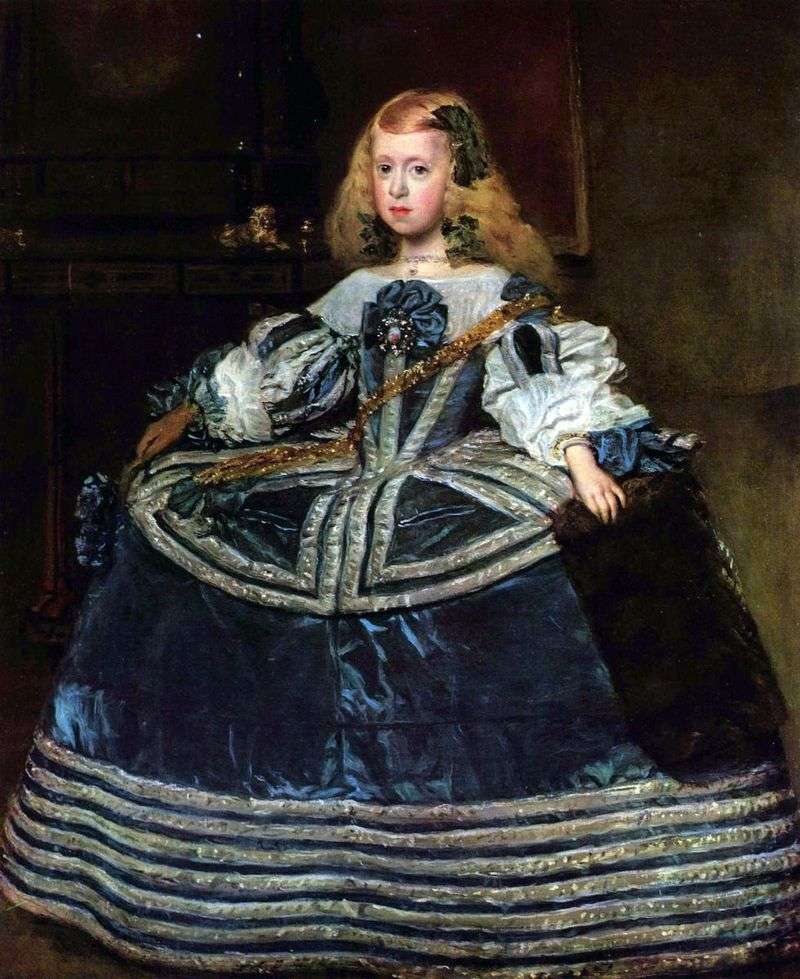
Diego Velázquez, being in the court service of the Spanish king, often depicted members of the royal family in his paintings, which was very popular, thereby emphasizing the power and nobility of the ruling dynasty.
This work is “Portrait of the Infanta Maria Margarita,” written in 1655; this portrait occupies a special place in the artist’s work and refers to the mature period of his work. During this period, Velazquez created many portraits of the daughter of the Spanish King Philip IV, who later became the empress of the Holy Roman Empire.
The picture shows a little girl in an official dress, having a cold haughty look, which it was necessary to have representatives of the dynasty. Posture, too, gives the girl belonging to the royal family.
But, despite the stiffness and static of the figure of the little heiress of the throne, the artist transmitted the smallest features: the softness of the lines, the gold of the hair, the gentle swelling of the lips give her portrait a special warmth and tenderness that contrasts with the strict appearance.
Diego Velasquez’s “Portrait of the Infanta Maria Margarita” can be seen in the Louvre – the most famous museum in Europe and around the world.
 Infanta Maria Anna, Queen of Hungary by Diego Velasquez
Infanta Maria Anna, Queen of Hungary by Diego Velasquez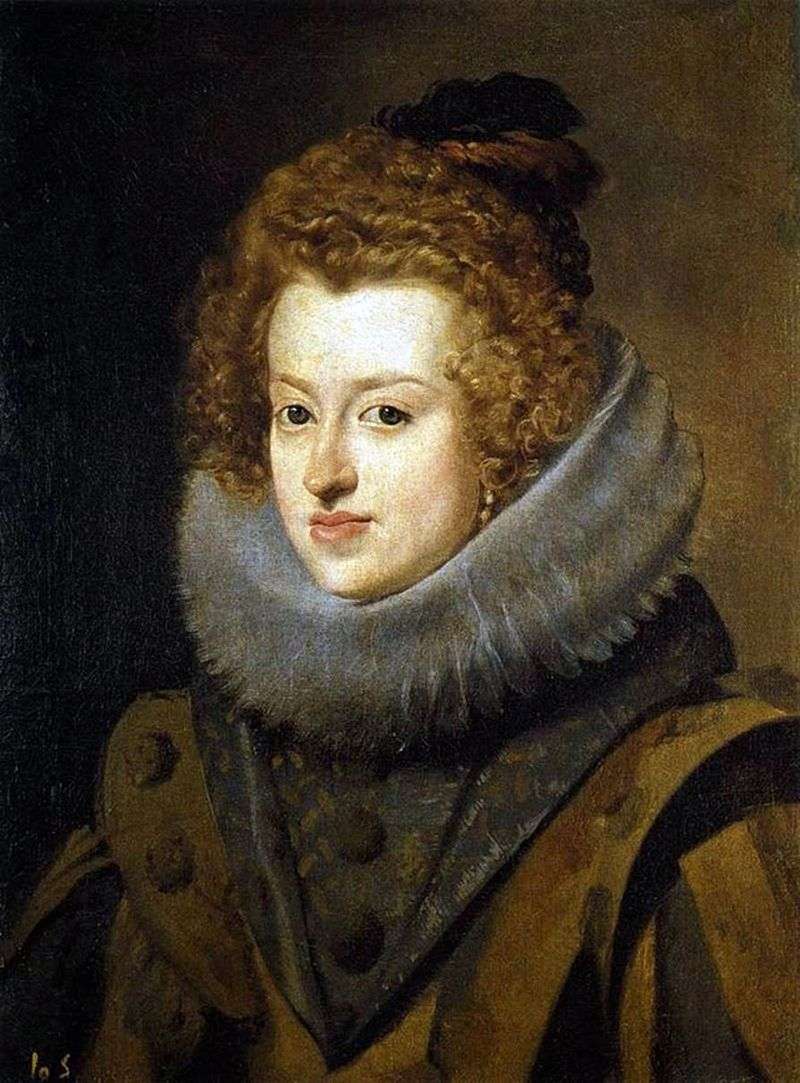 Portrait of the Infanta of Maria Anne of the Spanish Queen of Hungary by Diego Velasquez
Portrait of the Infanta of Maria Anne of the Spanish Queen of Hungary by Diego Velasquez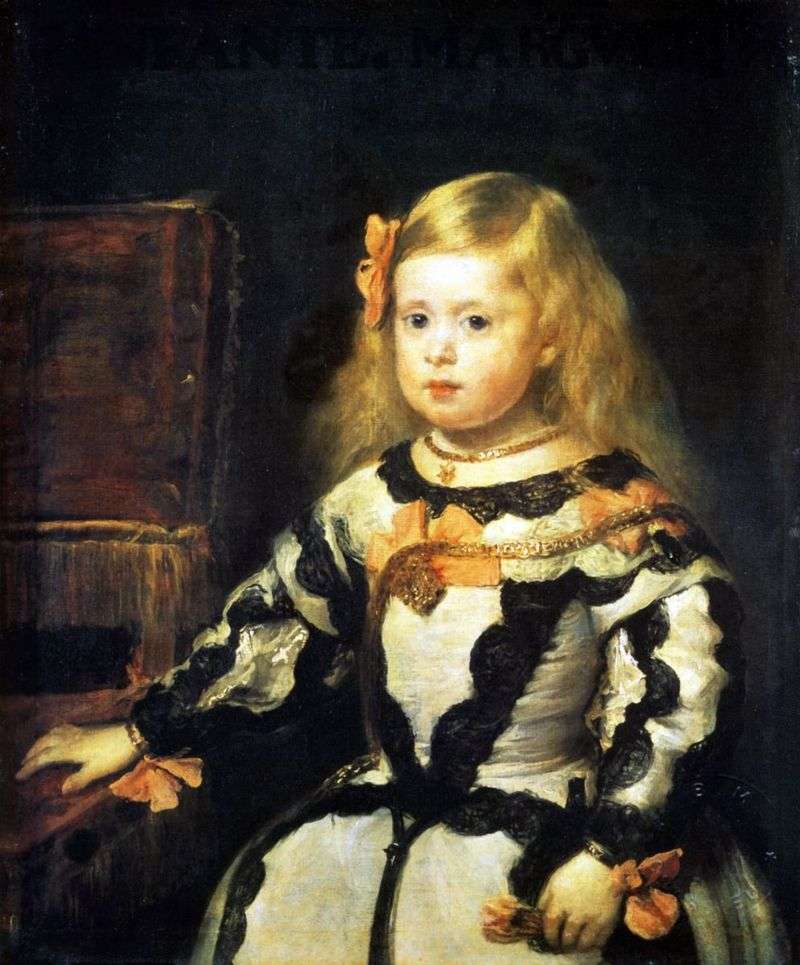 Infanta Maria Margarita, daughter of King Philip IV, King of Spain by Diego Velazquez
Infanta Maria Margarita, daughter of King Philip IV, King of Spain by Diego Velazquez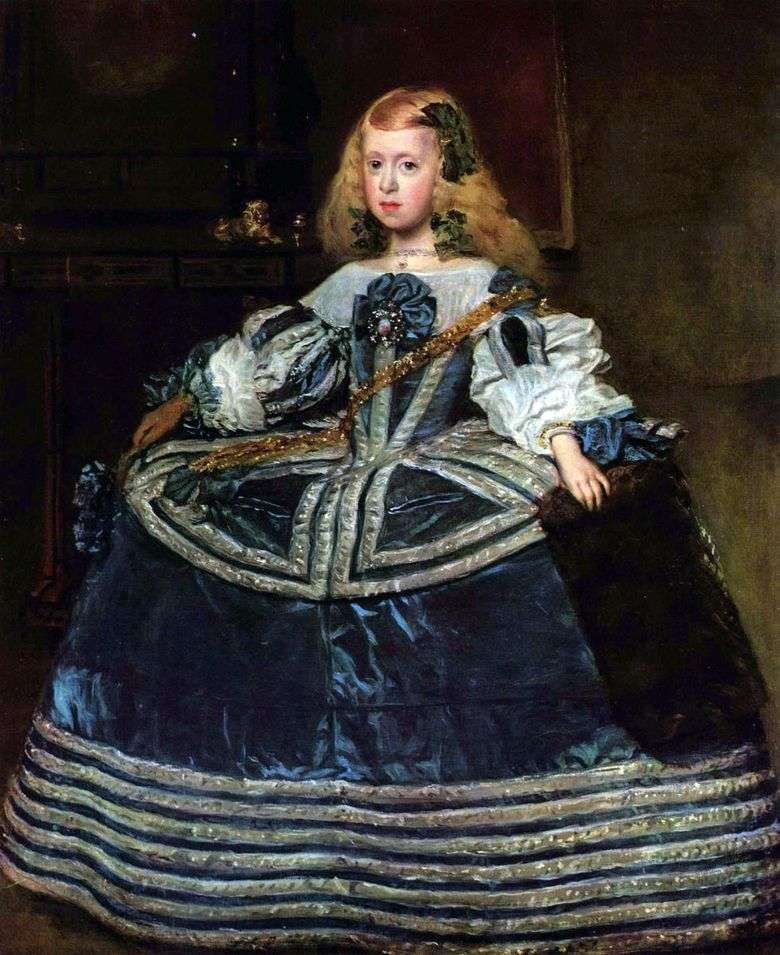 Retrato de la infanta Margarita – Diego Velásquez
Retrato de la infanta Margarita – Diego Velásquez Portrait of the Infanta Margarita in a Red Dress by Diego Velasquez
Portrait of the Infanta Margarita in a Red Dress by Diego Velasquez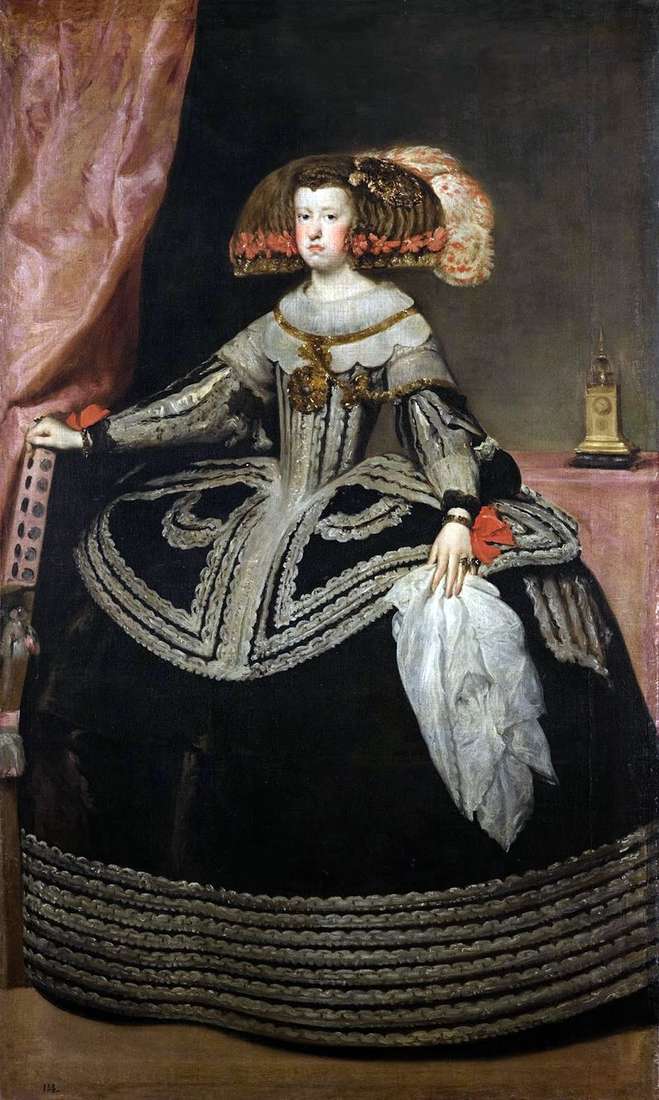 Queen Maria-Anna of Austria by Diego Velasquez
Queen Maria-Anna of Austria by Diego Velasquez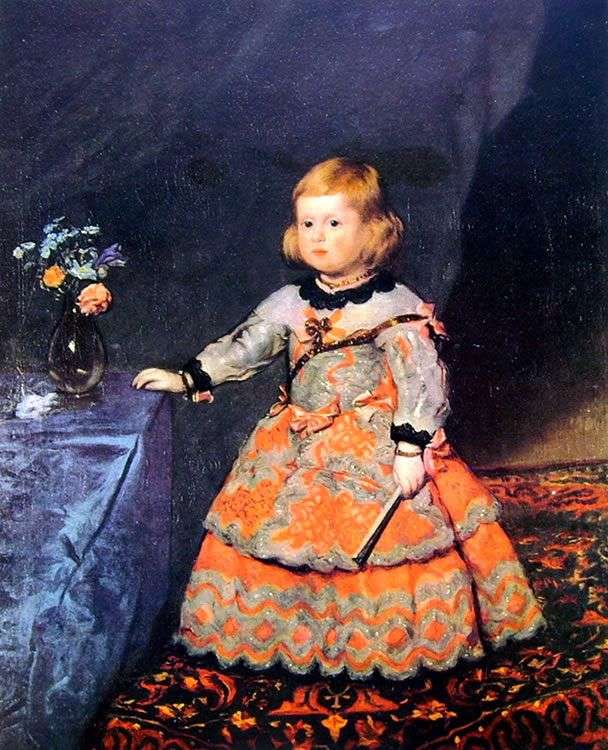 Retrato de la infanta Margarita en un vestido rojo – Diego Velásquez
Retrato de la infanta Margarita en un vestido rojo – Diego Velásquez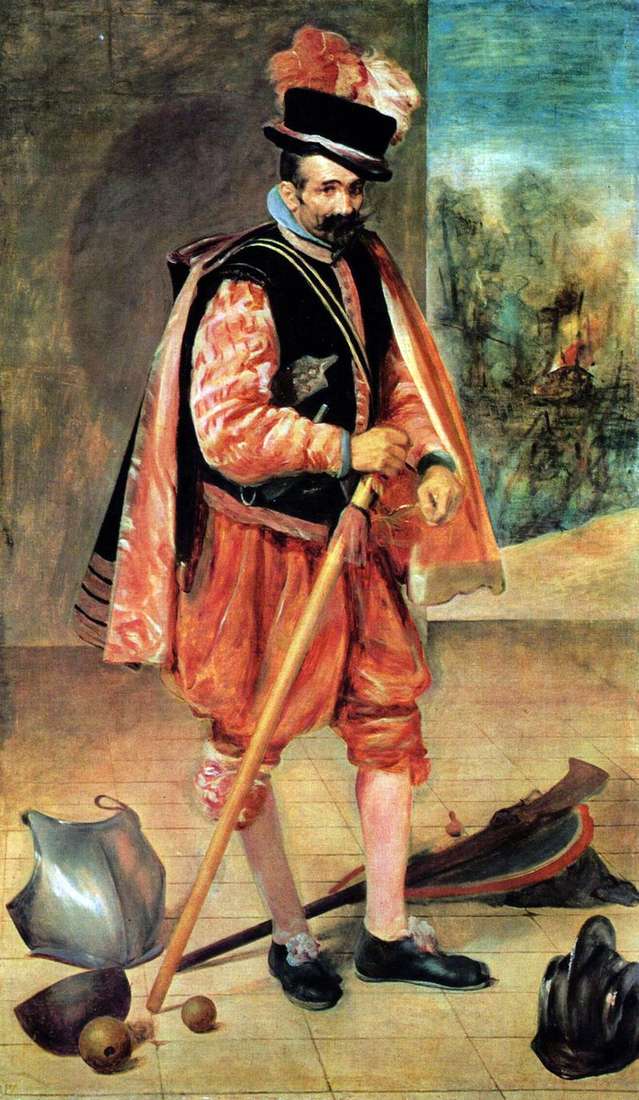 Court jester Juan of Austria by Diego Velasquez
Court jester Juan of Austria by Diego Velasquez